Fugaku sanjurokkei (36 views of mount Fuji) shunga print series.
For roughly 265 years, Japan practised Sakoku and stayed secluded from much of the world. In the early 1600s, mainly because of the destabilizing influence of foreign religious forces, the island nation’s Shogun (military ruler), expelled most foreigners and prohibited any new visitors. It also imposed a ban on Japanese nationals leaving the country. Even though these measures seem harsh, they undoubtedly served their purpose in preventing Japan from being colonized by greedy western powers.
The isolation also gave rise to a distinct and unique culture in which art took centre stage. The commoners of the growing megalopolis Edo (now Tokyo), with its 1 000 000 people in the early 1700s, created a strong culture that still resonates today. Ukiyo (the floating world) was a concept expressed through woodblock prints, painting, theatre, literature, and fashion.
The most famous of the Ukiyo-e artists active during the Edo period (1603-1868) was, and still is, Katsushika Hokusai. His print titled “The Great wave off Kanagawa” is considered one of the world’s most recognizable artworks. This image of a great and towering tsunami-like wave is also part of perhaps Ukiyo-e’s most well-known print series – Fugaku Sanjūrokkei (36 views of Mt. Fuji).
Hokusai, and his contemporaries like Ando Hiroshige and Utagawa Kuniyoshi, also changed western art. Ukiyo-e greatly inspired European art movements like Impressionism and Art Nouveau. Many times it was the Mt. Fuji series that opened up the eyes of western painters.
Almost 200 years after Hokusai published his first prints in his famous series depicting the holy mountain, I have begun work on my personal views of Mt. Fuji.
It took me close to a year to complete this new series of Shunga. Besides the prints themselves, there are also plans for exhibitions as well as for a book.
I hope you will enjoy the journey.
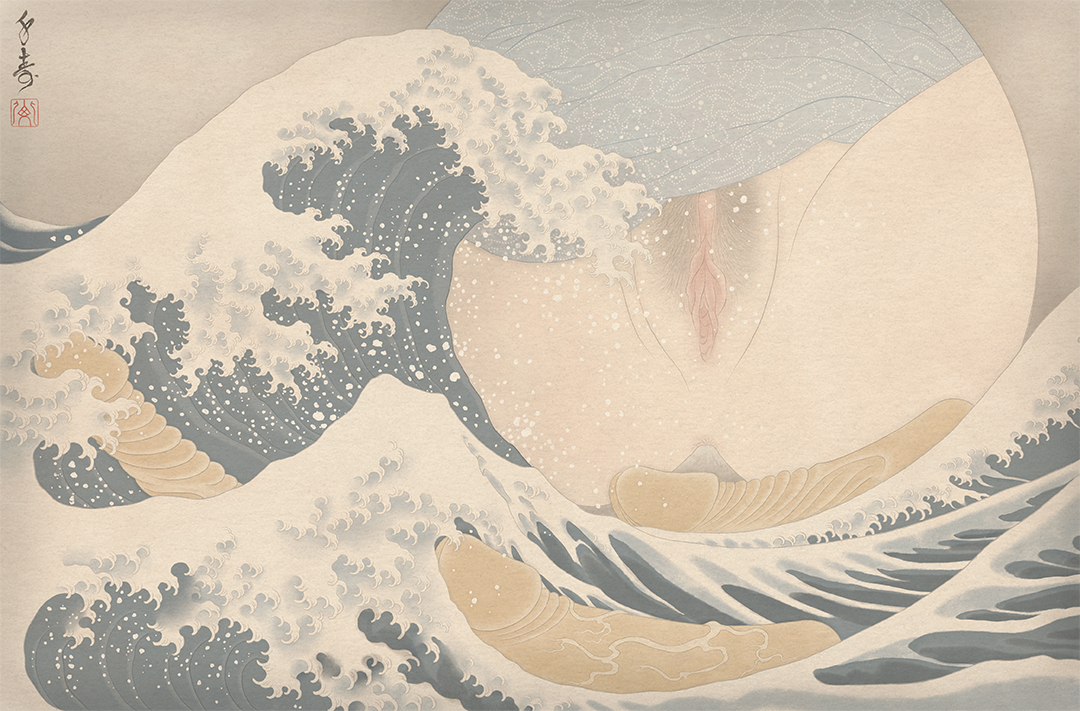
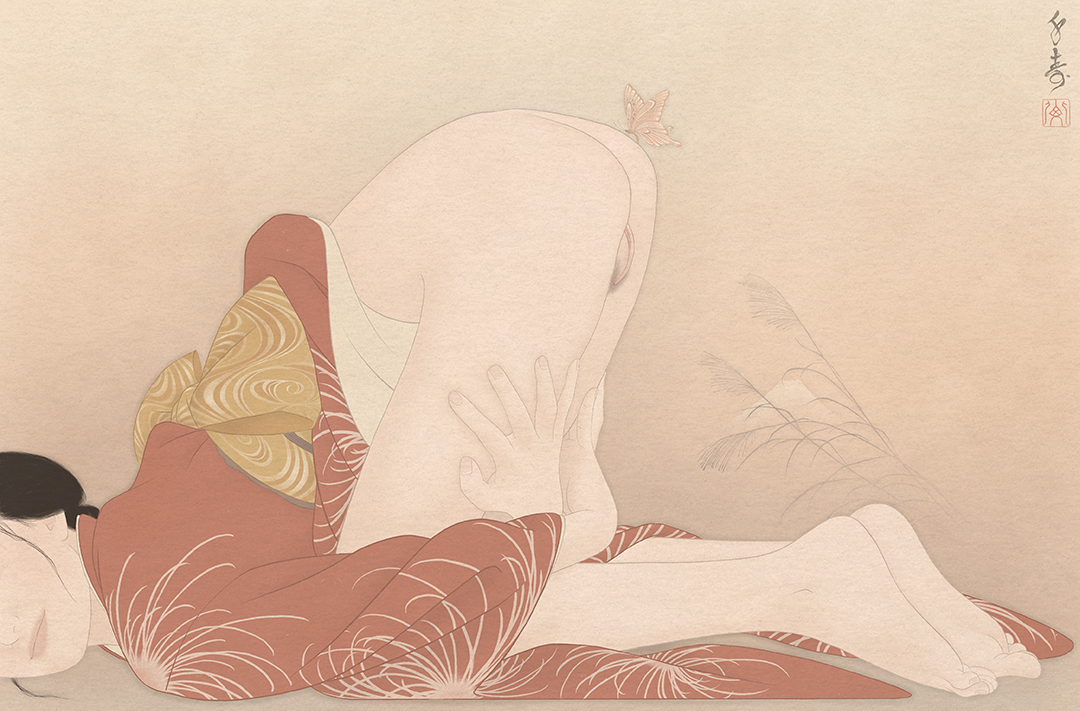
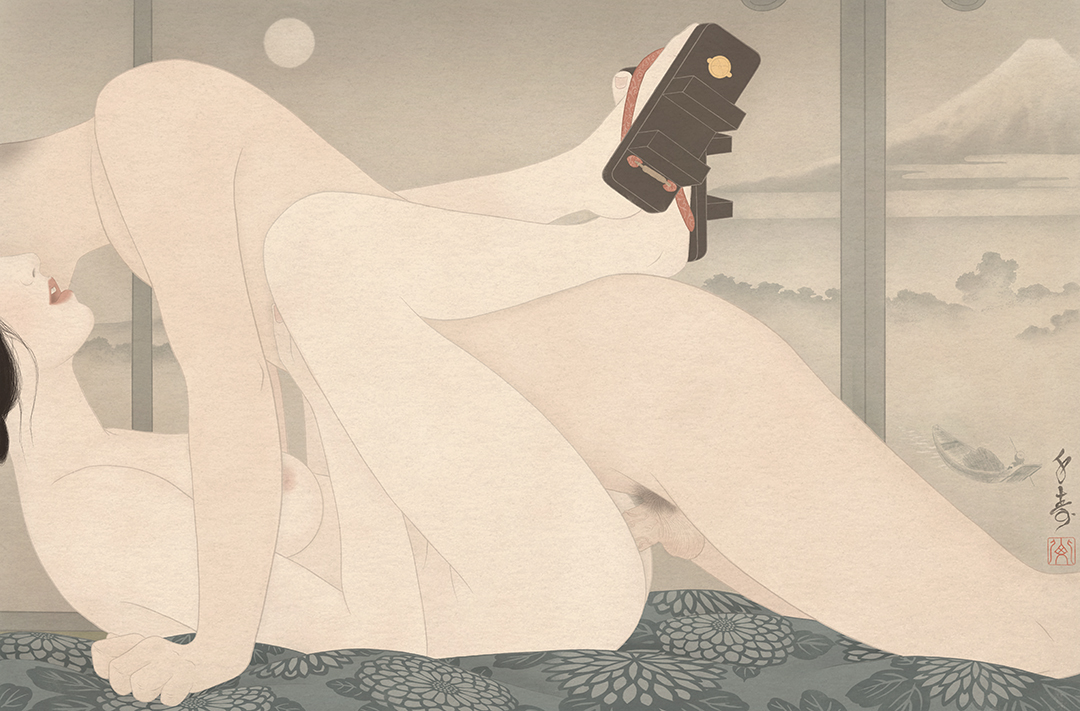
GALLERY
click prints for full screen view
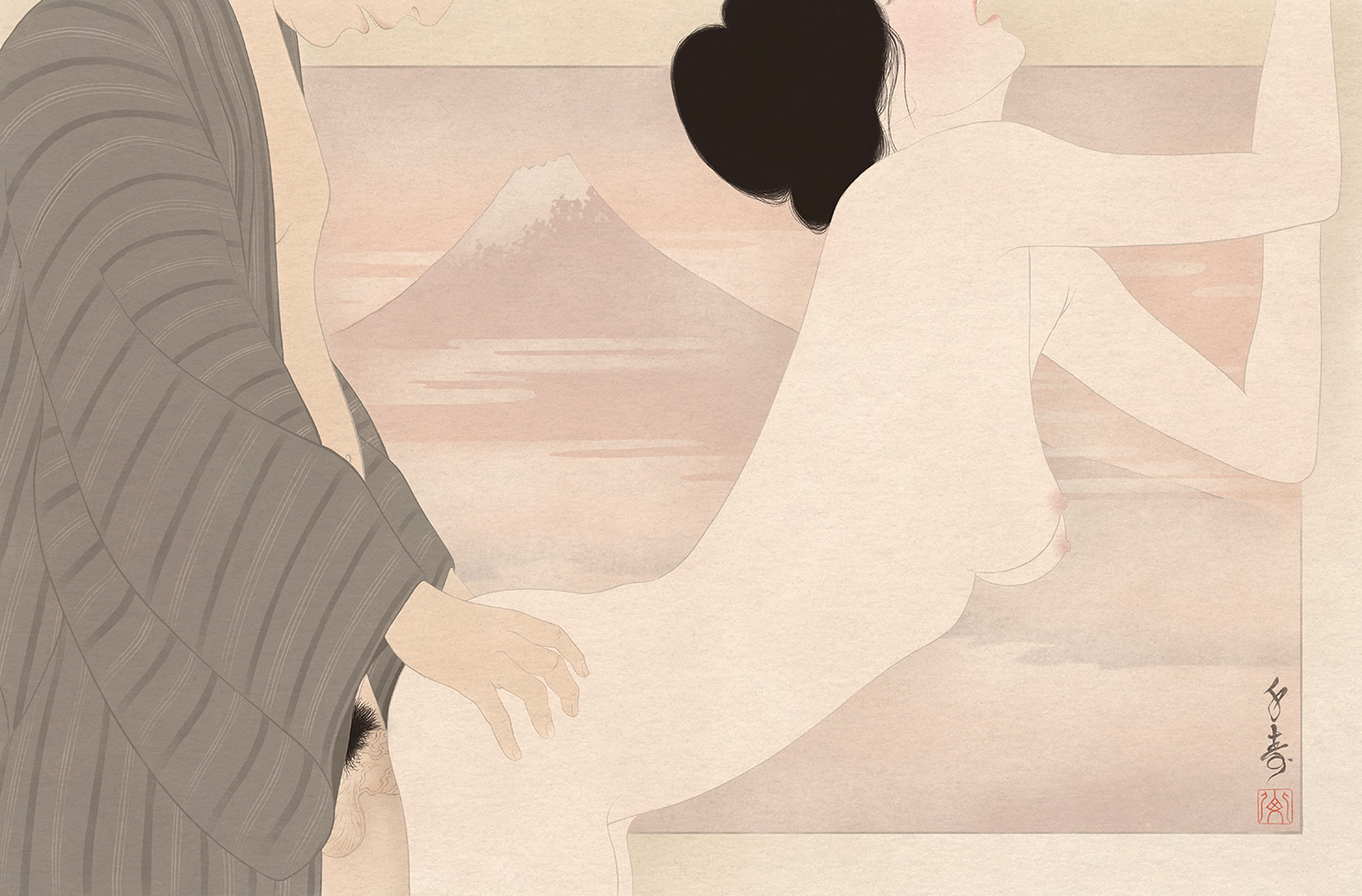
"Yuukaze" (evening breeze)
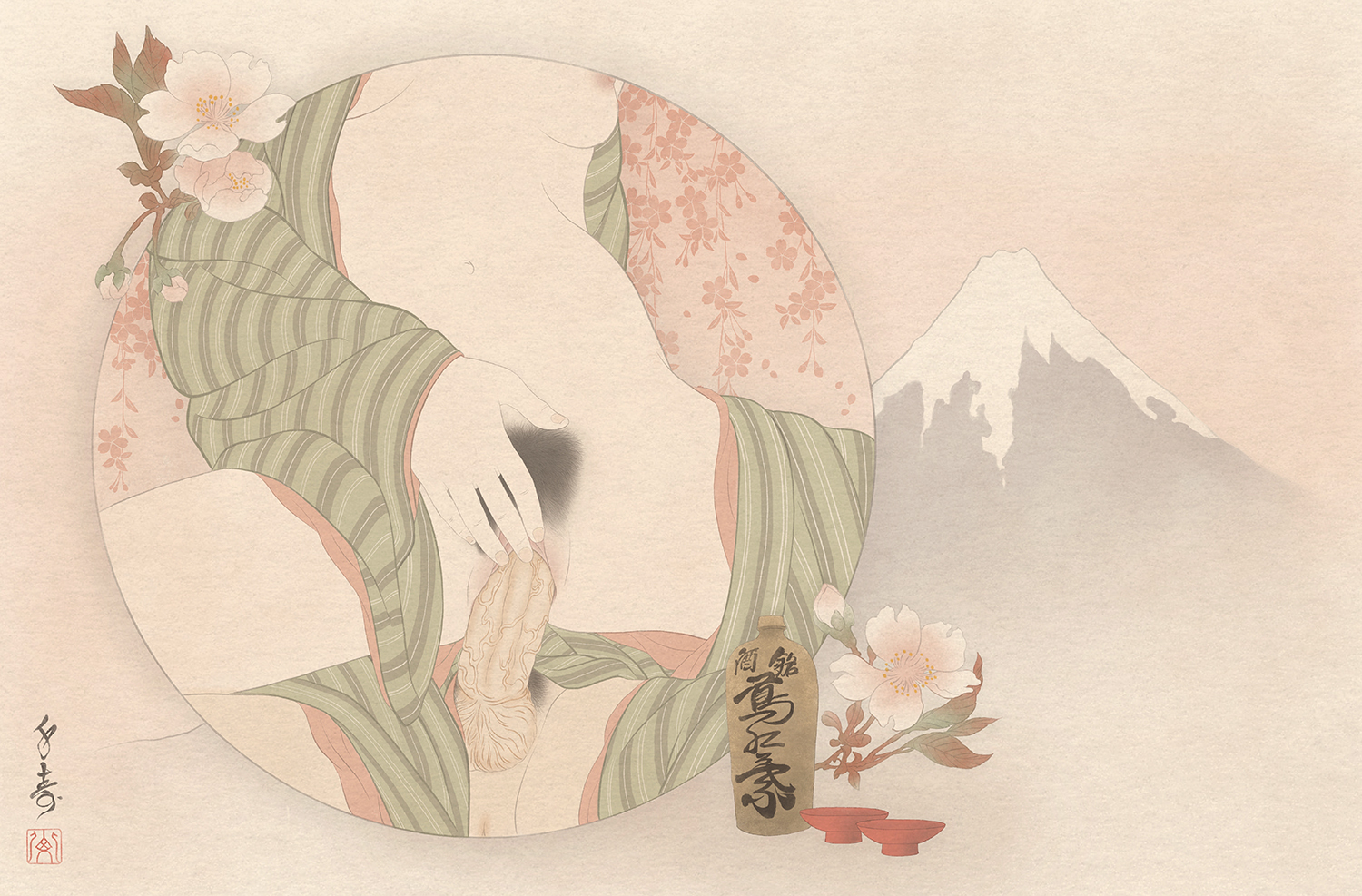
"Hanamikaze (sake drunk while viewing the cherry blossoms)"
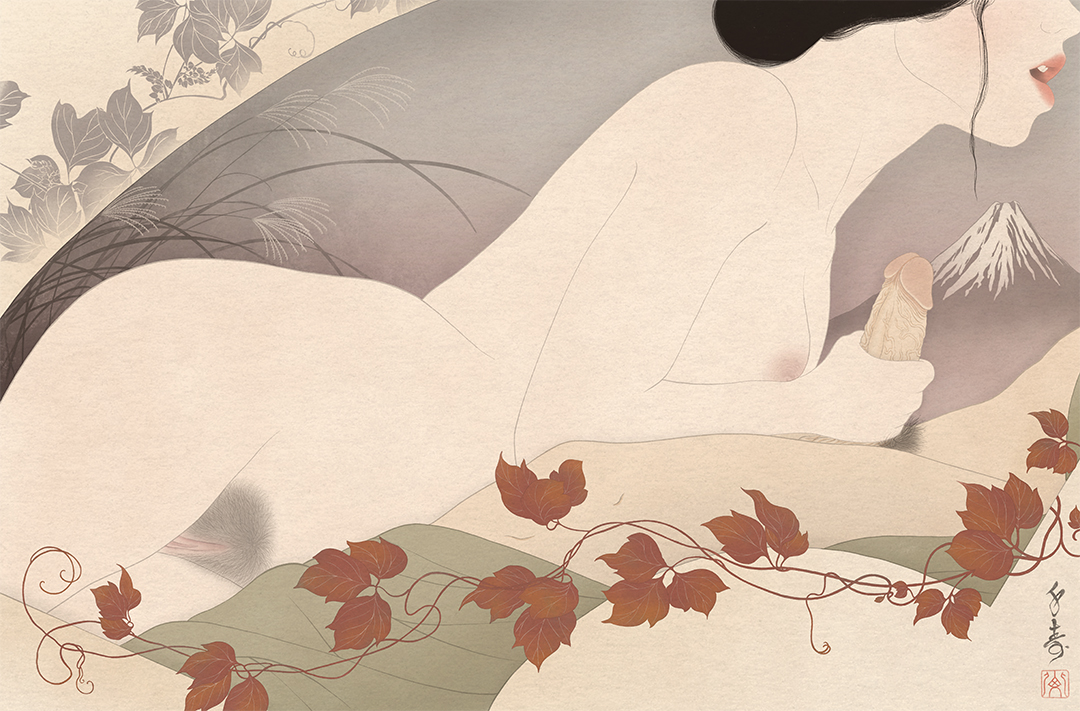
"Tsutakazura (ivy and vines)"
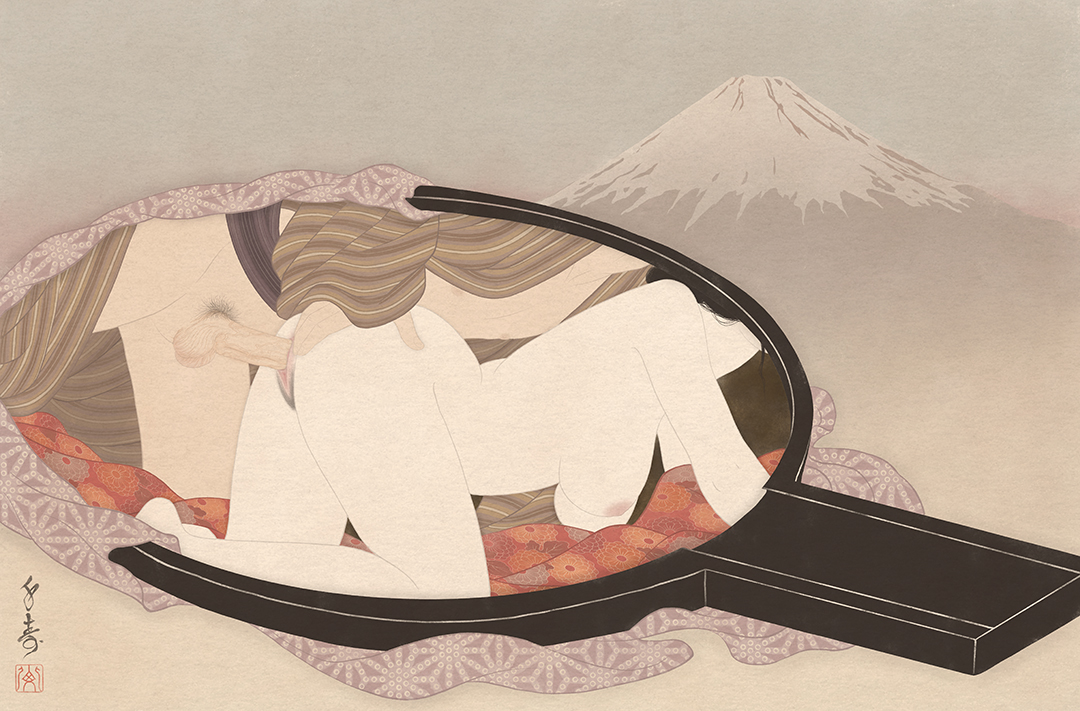
"Kyouzou (reflection in a mirror)"
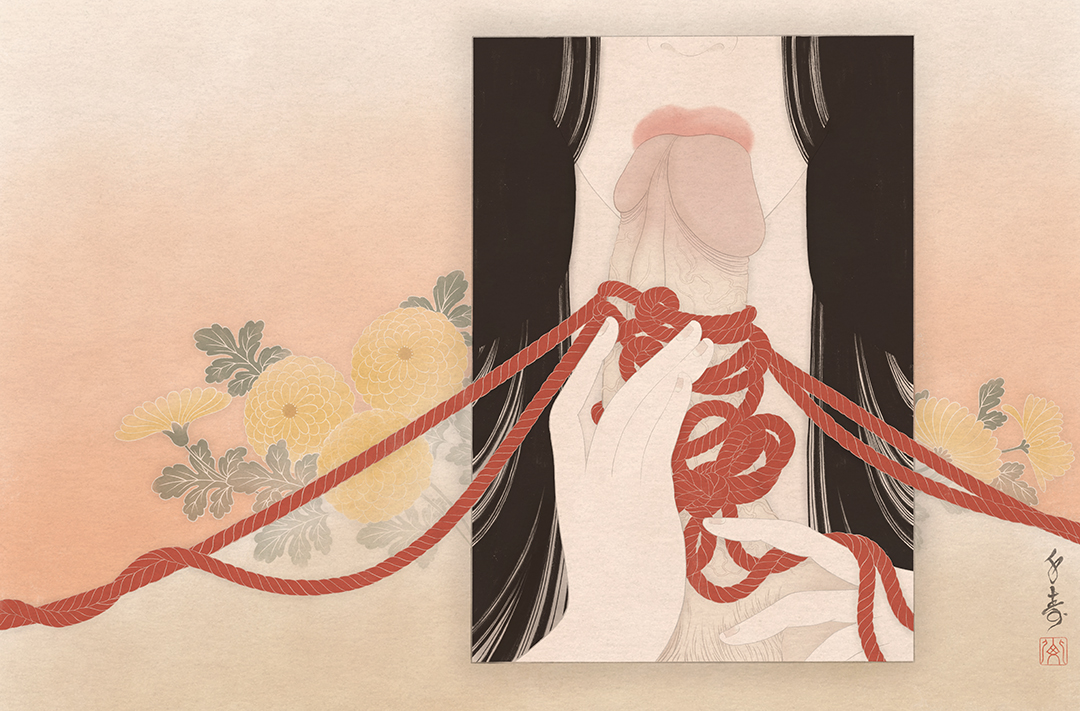
"Kigiku (yellow chrysanthemum)"
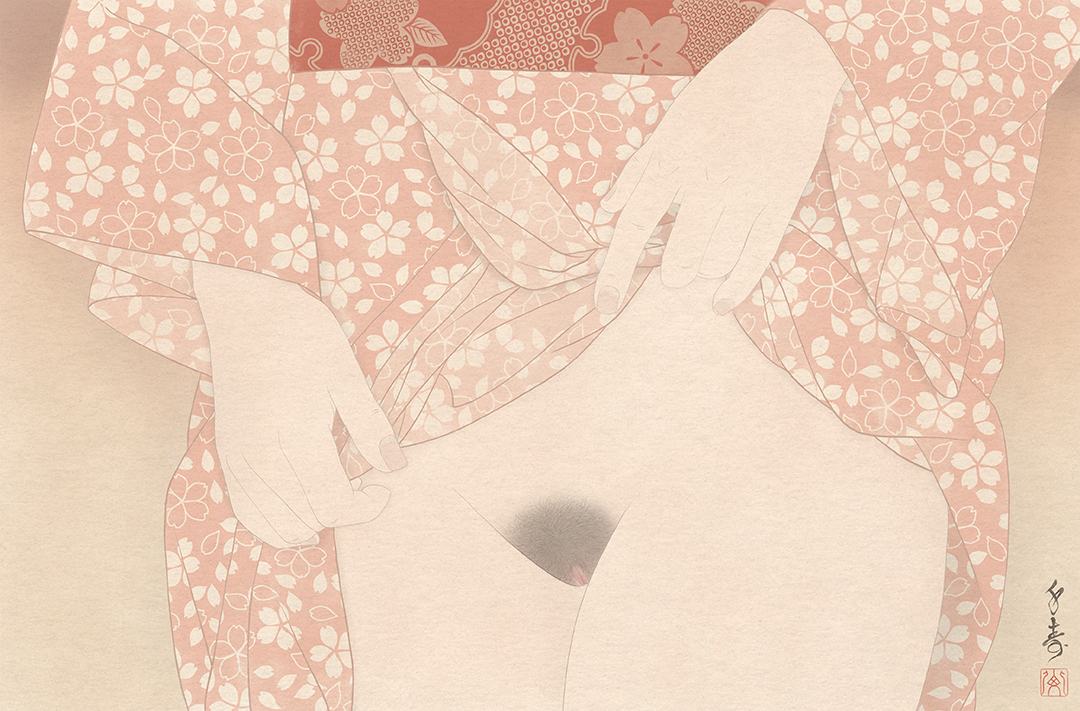
"Hanamifubuki (falling cherry blossoms)"
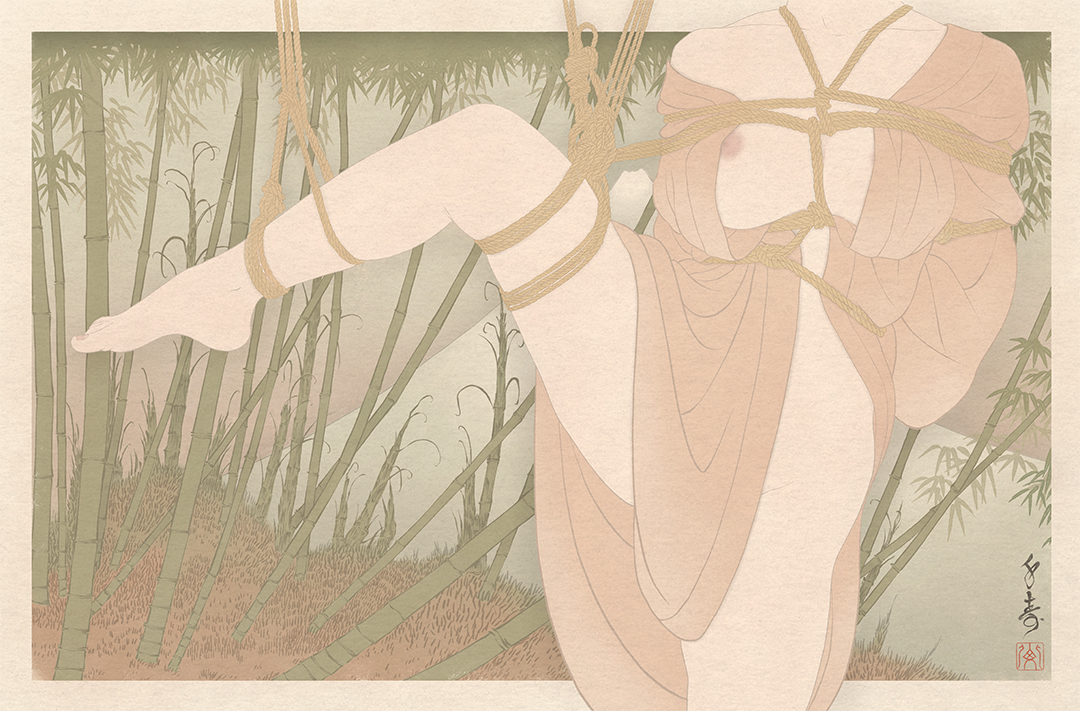
7. "Yabu no naka (in a bamboo grove)"
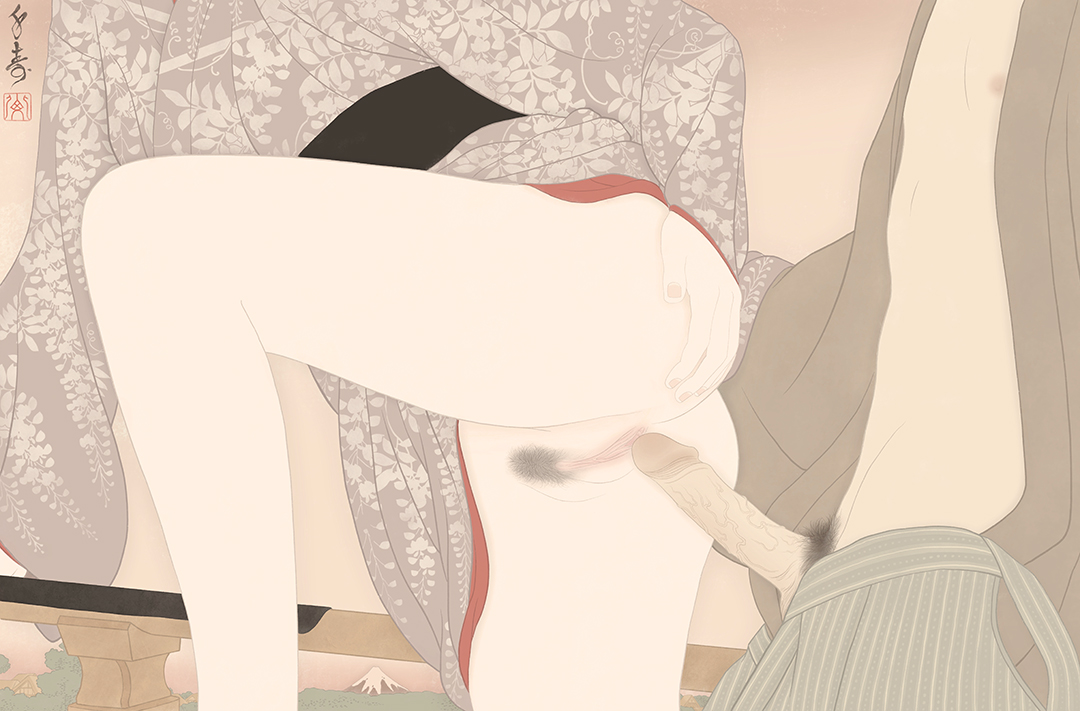
"Sazaido no fuji (wisteria at Sazai temple)"
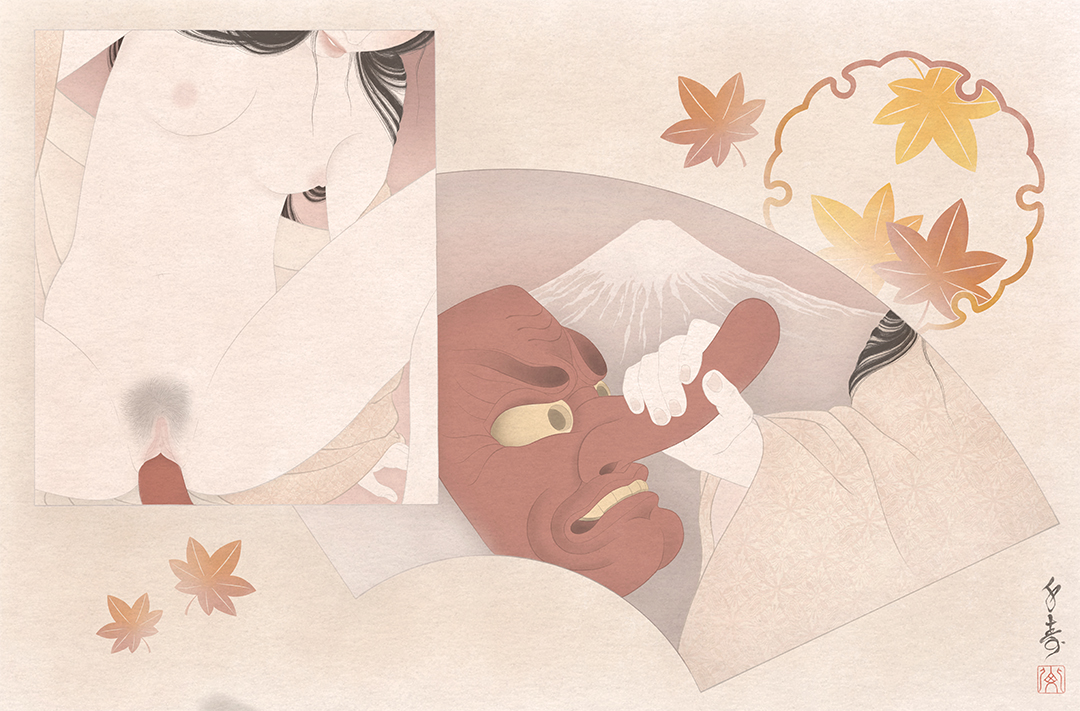
"Daranibo (tenge of mt. Fuji)"
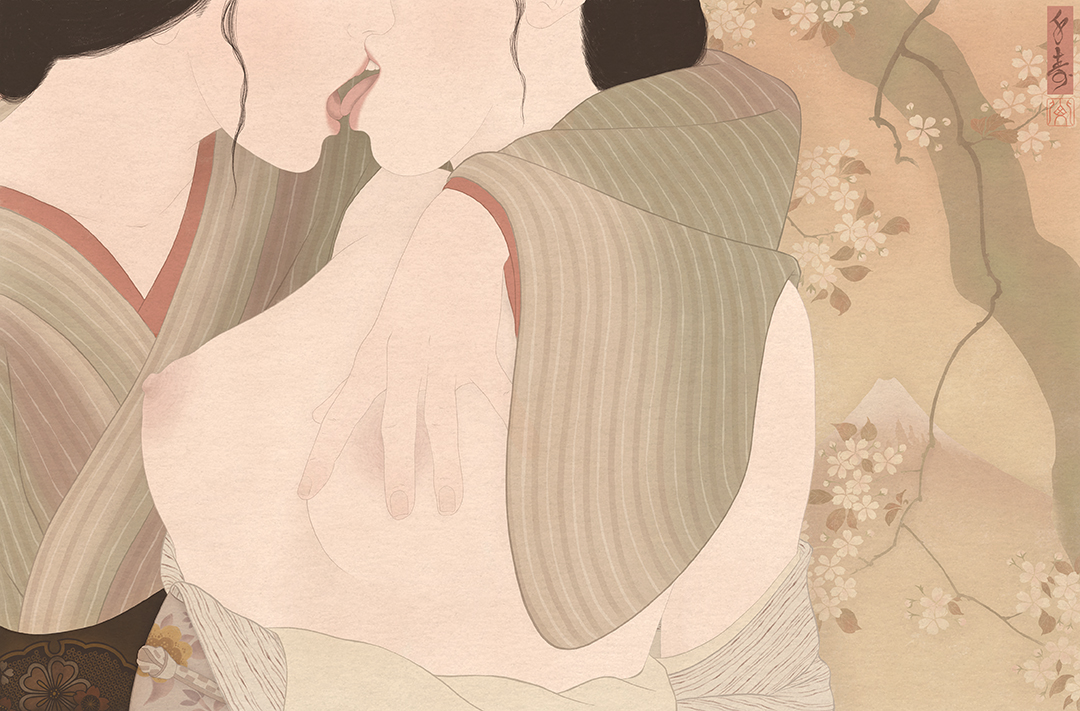
"Irokoi (love affair)"
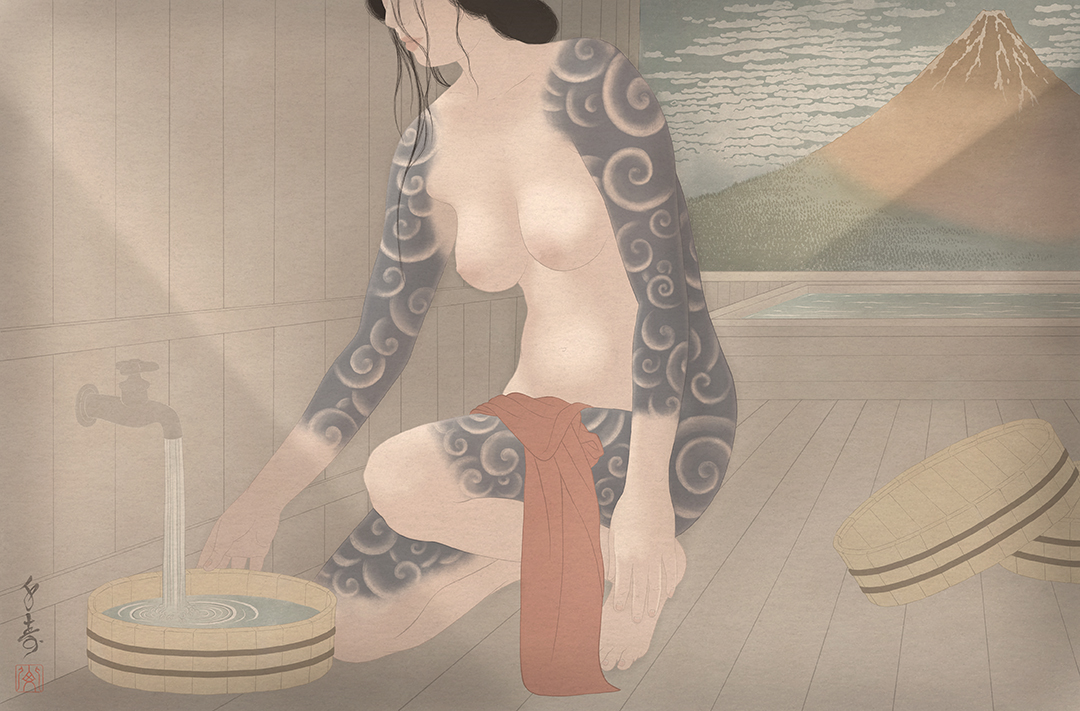
"Onnayu (women's bath)"
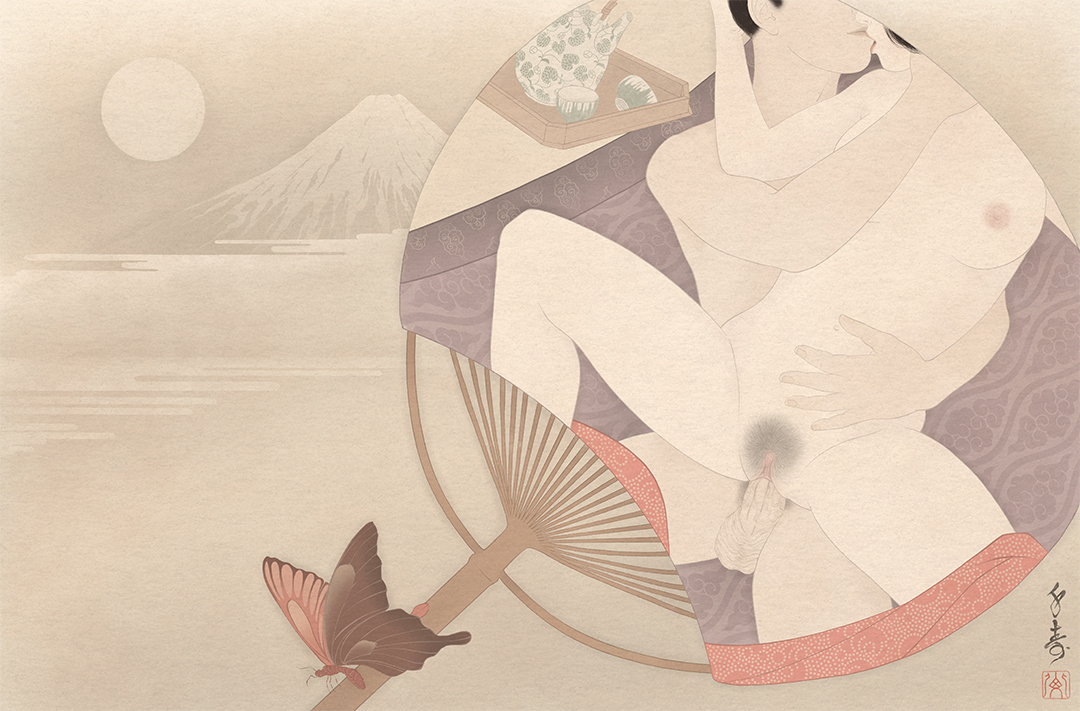
"Oboroyo (misty, evening moon)"
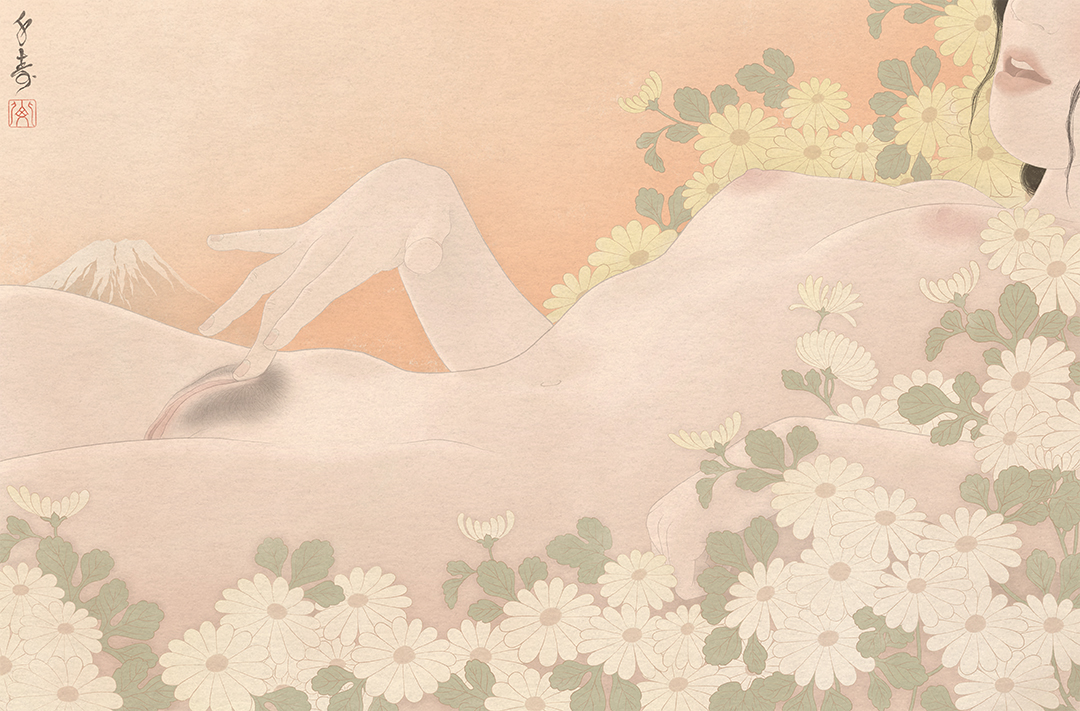
"Yuuyake (evening glow)"
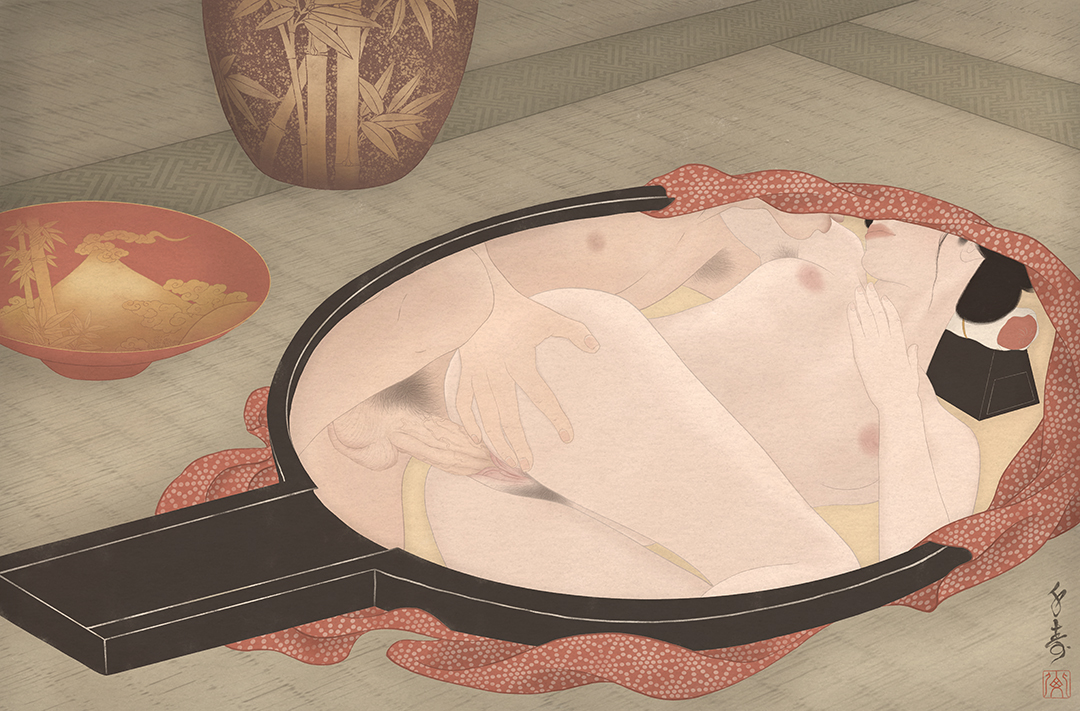
"Mitsugo (sweet whispers of love)"
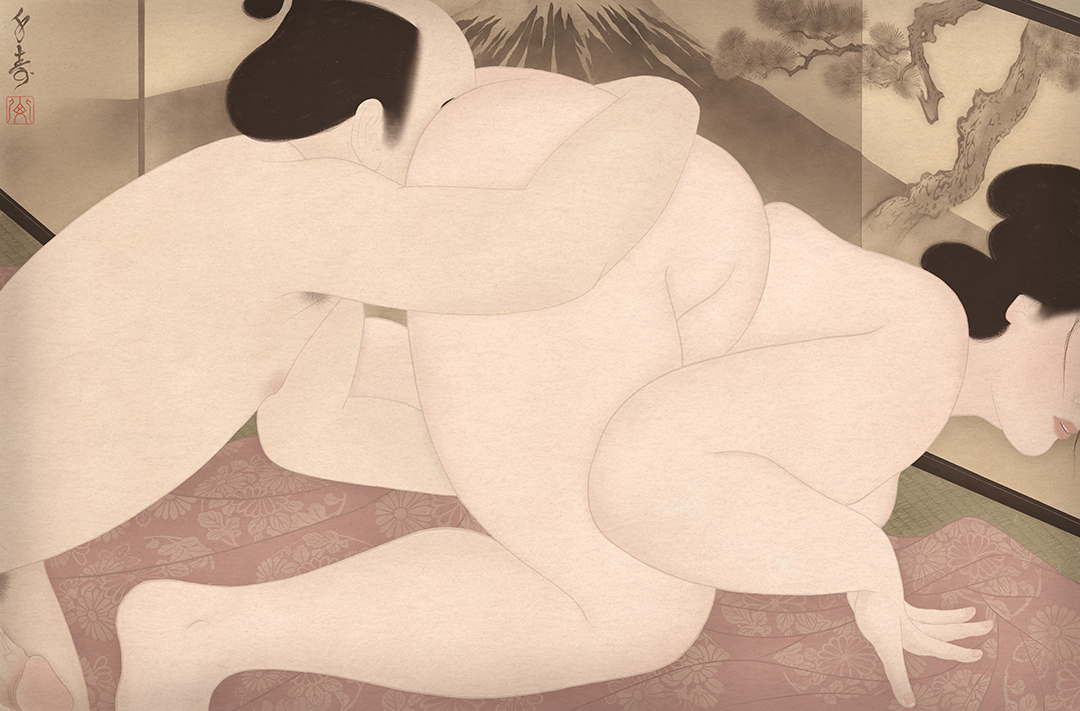
"Roushou (old pine tree)
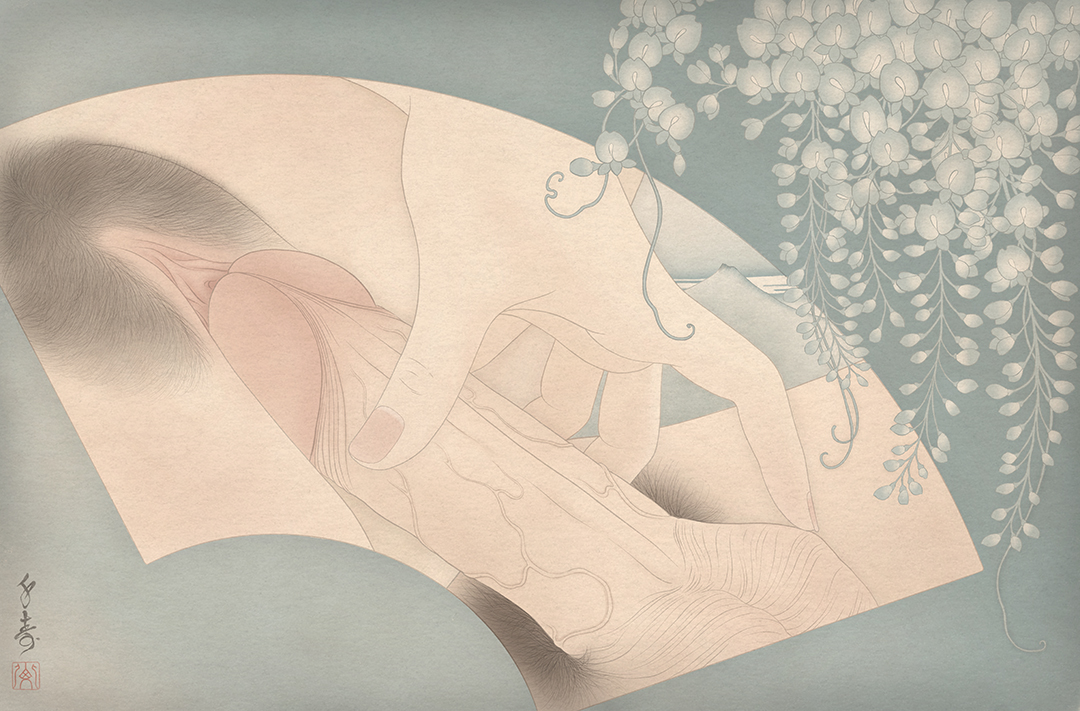
"Aofuji (blue Fuji)"
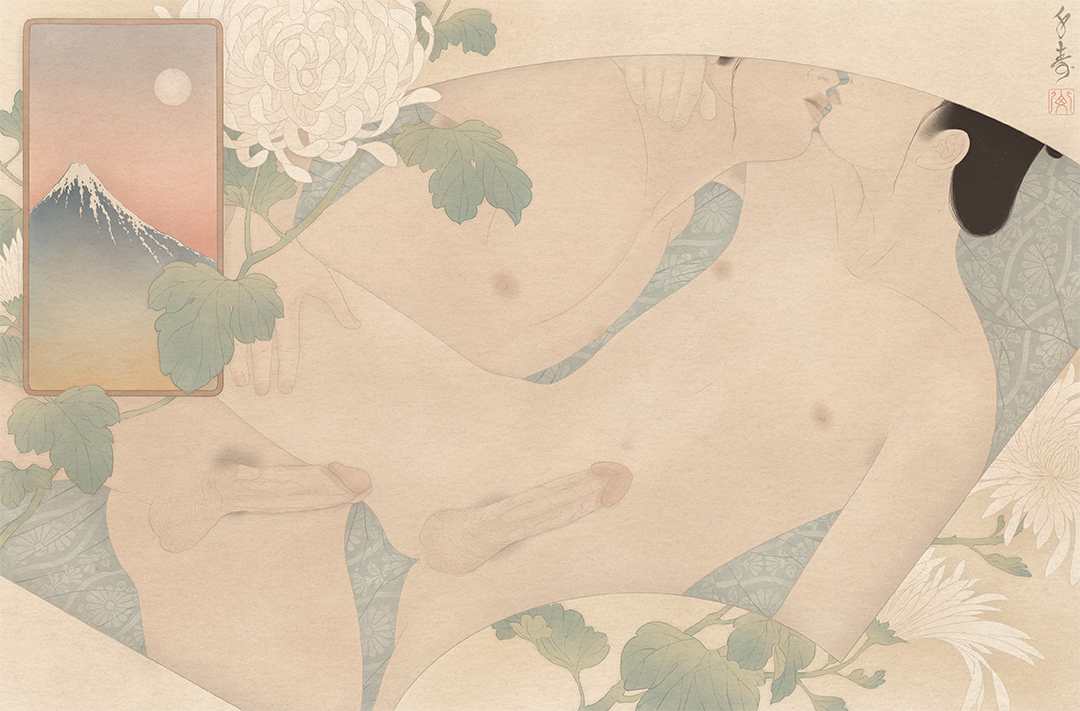
"Shiragiku (white chrysanthemum")

"Getagake (wearing clogs)"
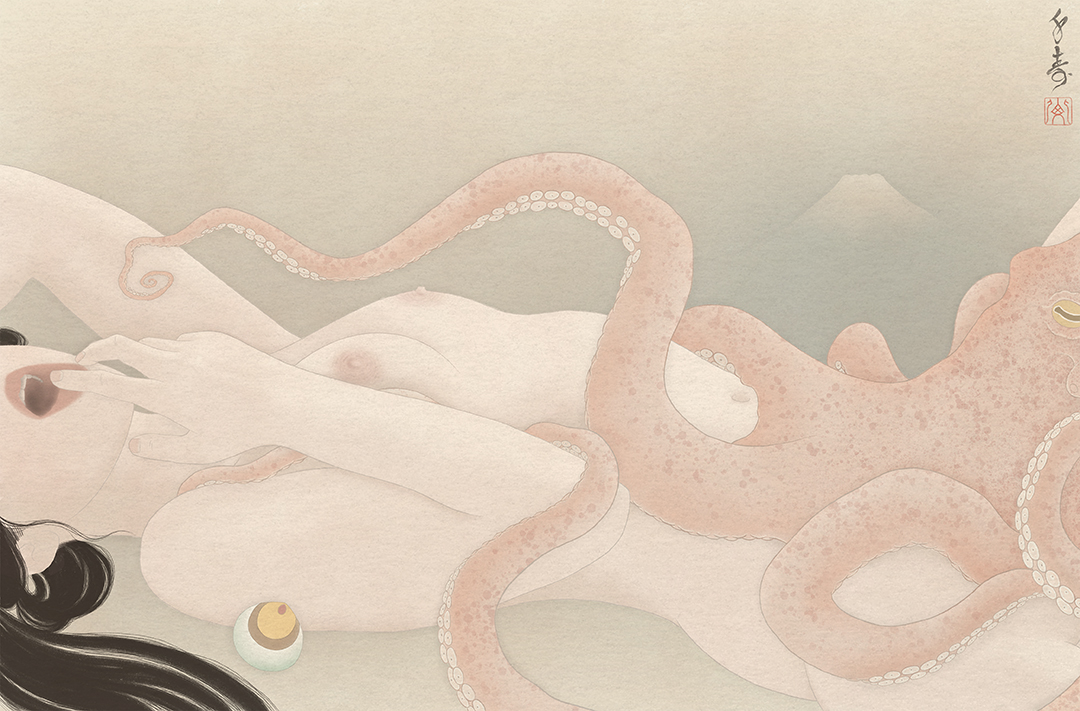
"Tako to Ama (the octopus and the pearl diver)"

"Kanagawa oki nami-ura (great wave off Kanagawa)"
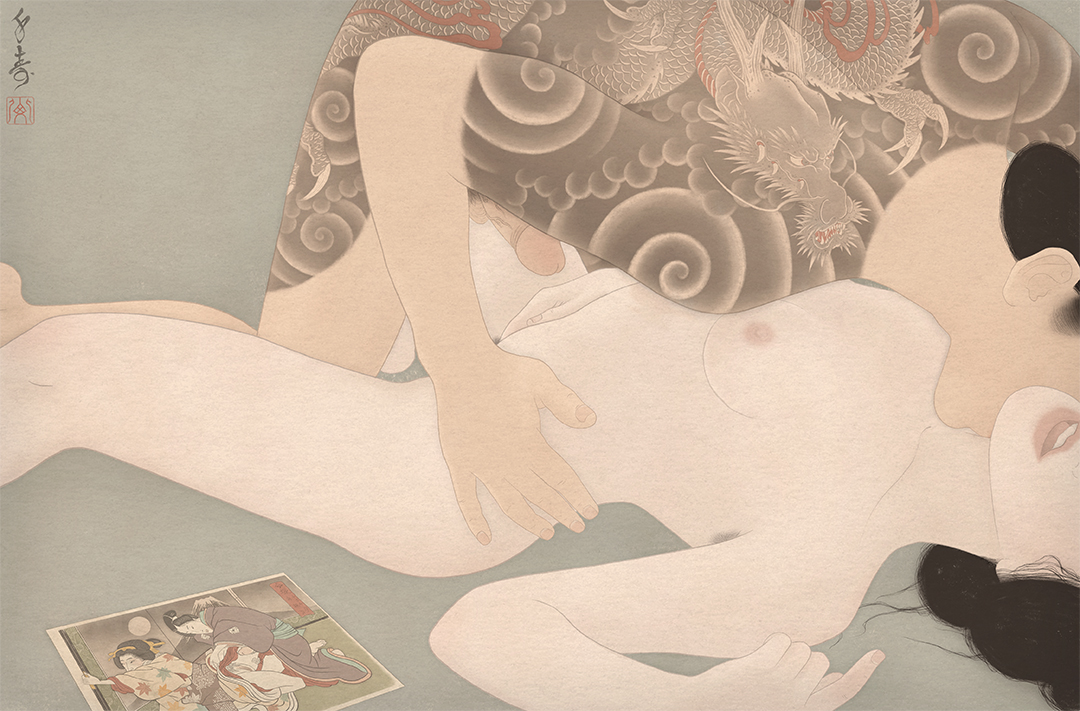
"Tatsudoshi (year of the dragon)"

"Chouchou no Yume (the butterfly's dream)"
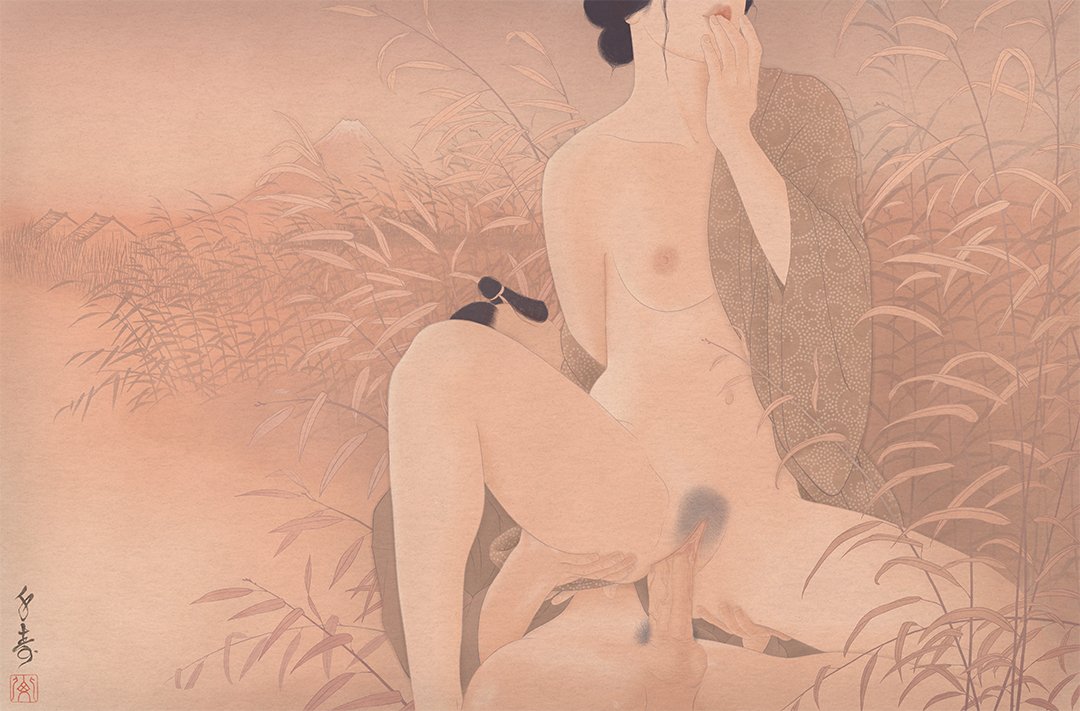
"Boshoku (twillight scene)"
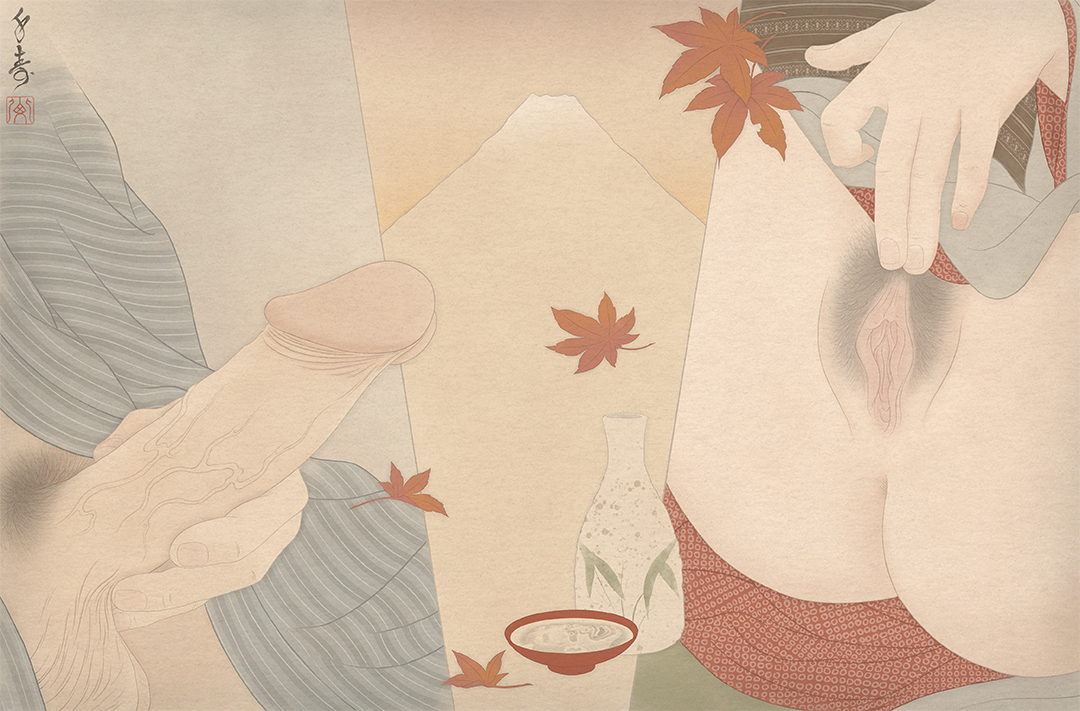
"Momijigari (viewing the autumn leaves)"
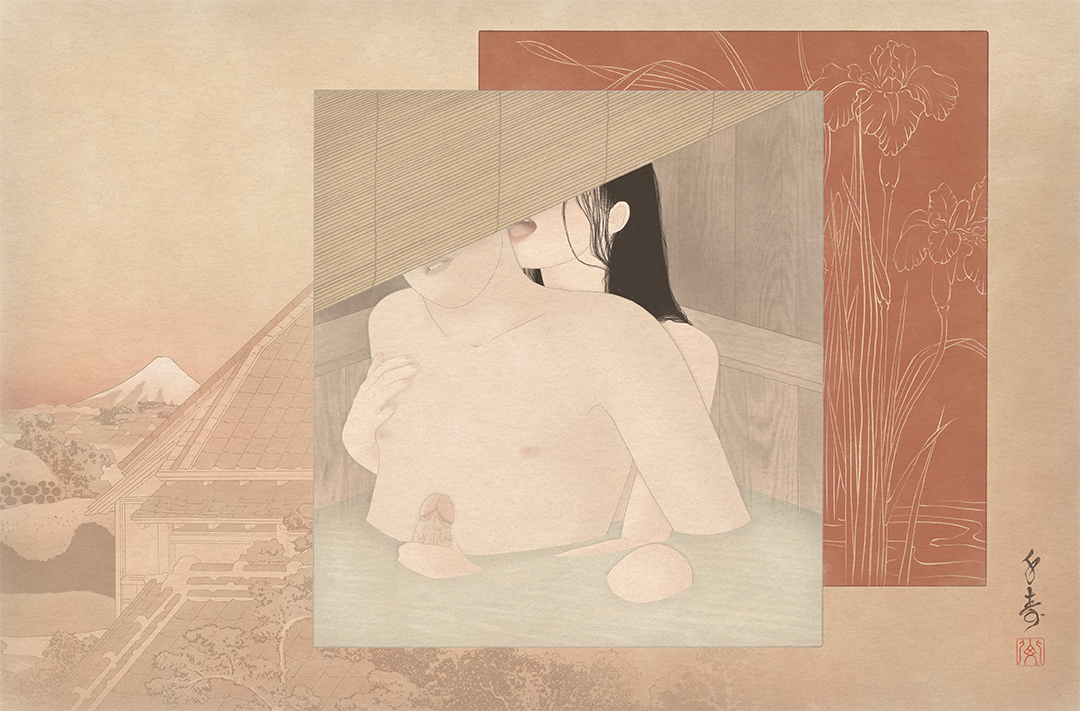
"Asayu (morning bath)"
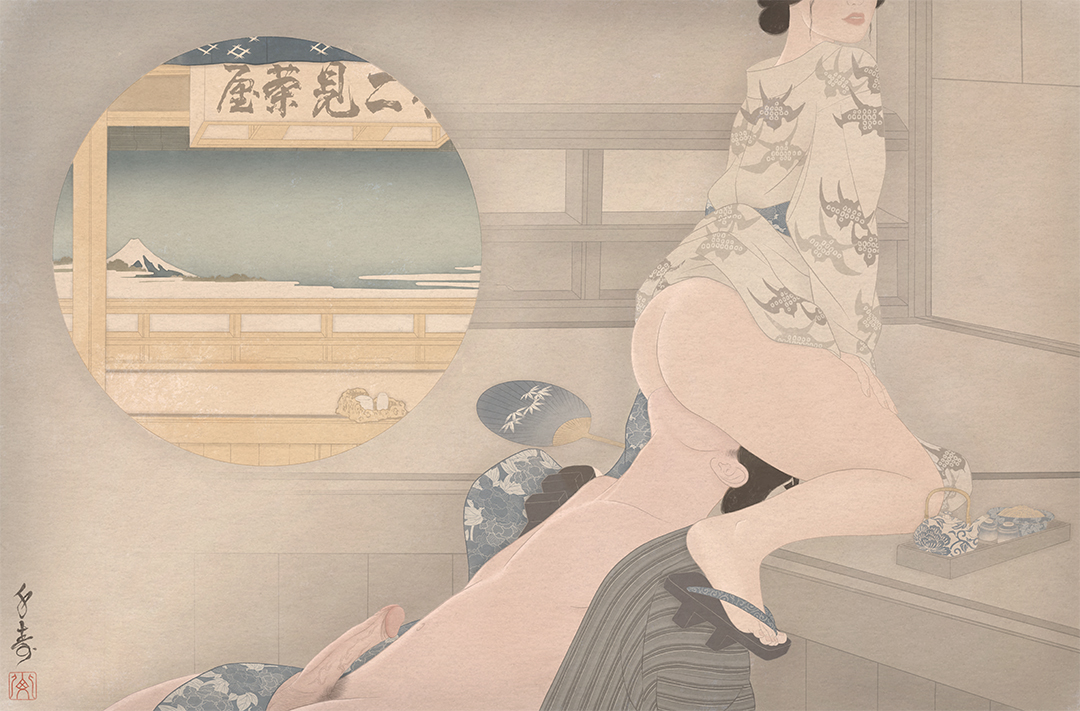
"Tokaido Yoshida (Yoshida along the Tokaido)"
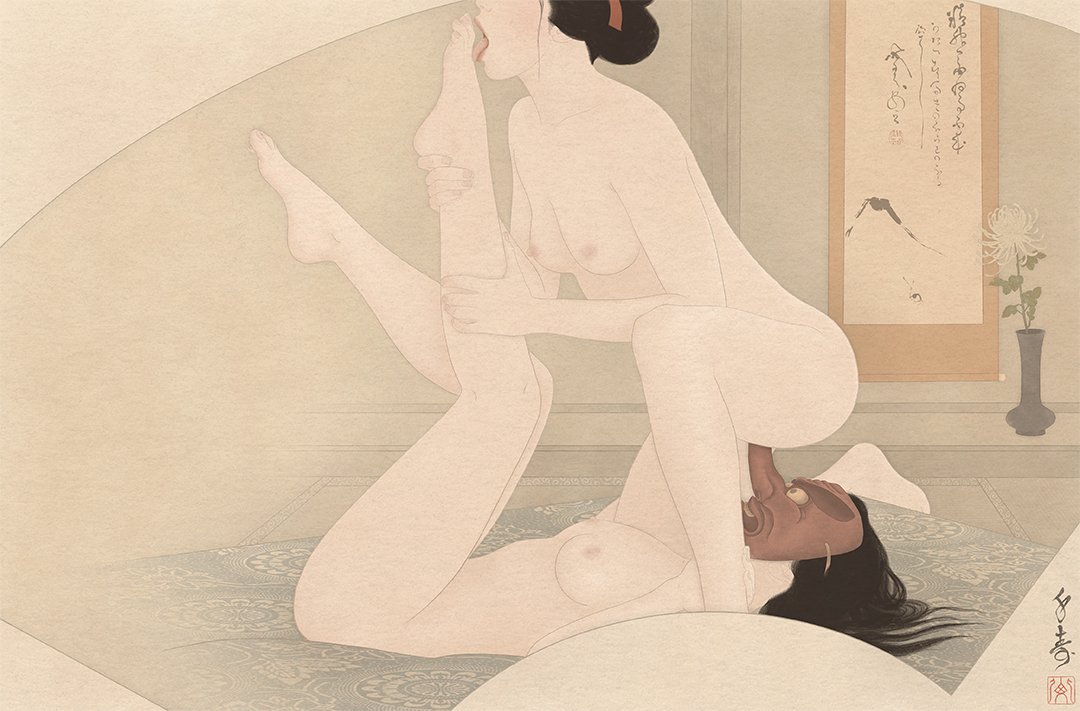
"Suiyoubi no gogo (Wednesday afternoon)"
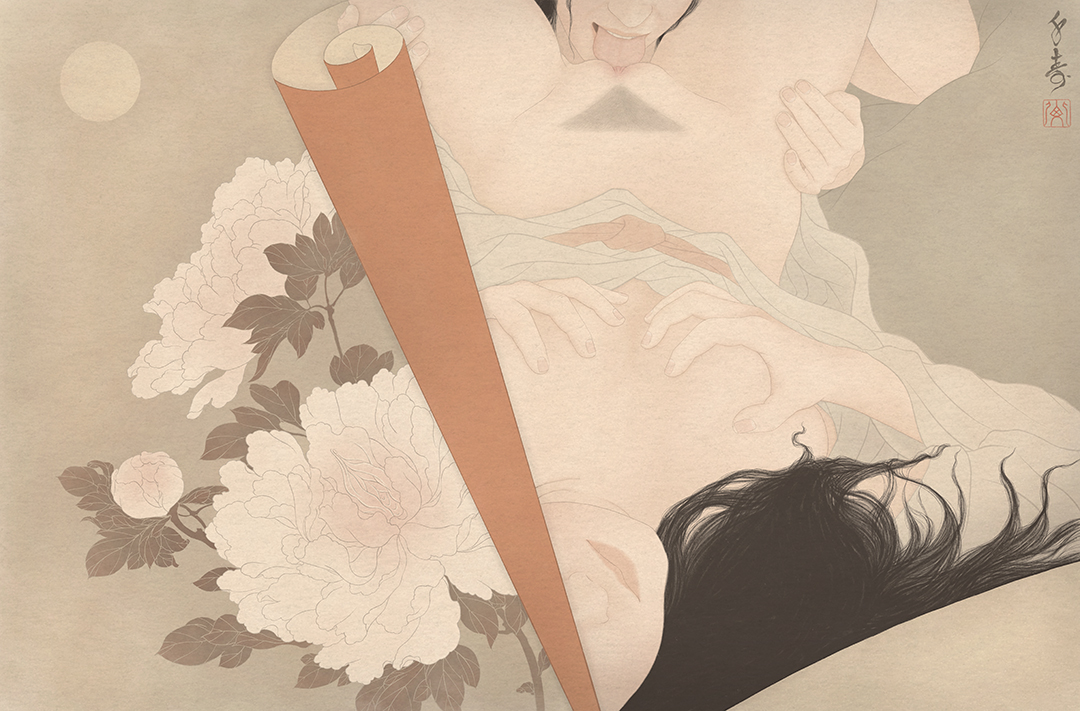
"Kagetsu (flowers and the moon)"
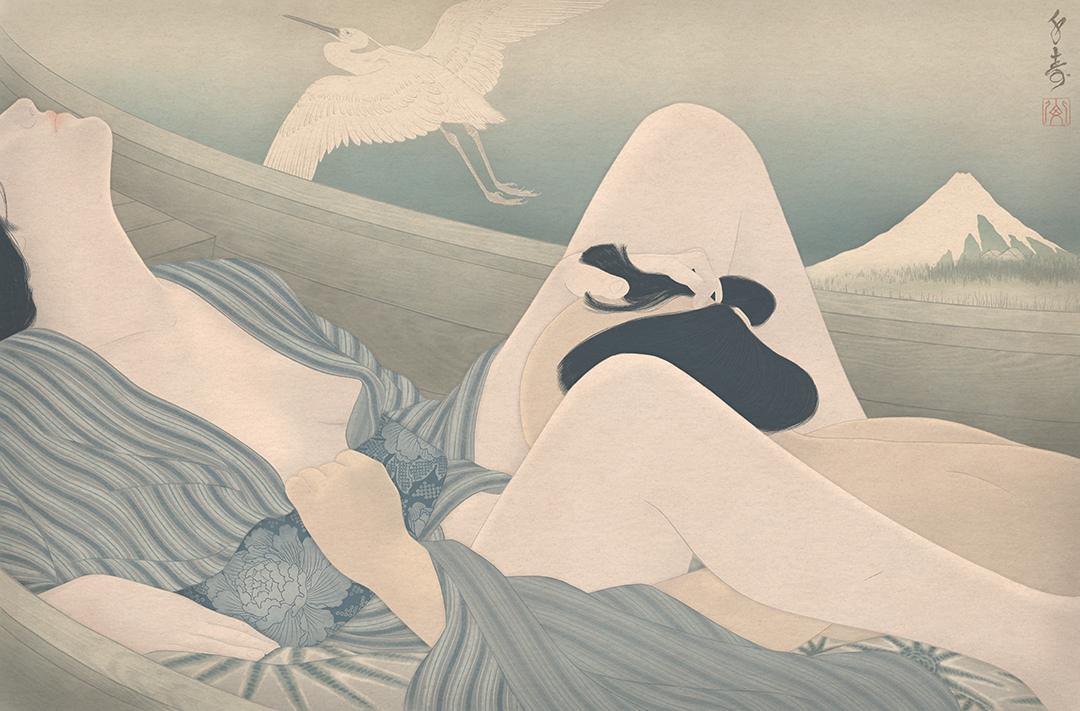
"Joushuu Ushibori (Ushibori in Hitachi province)"
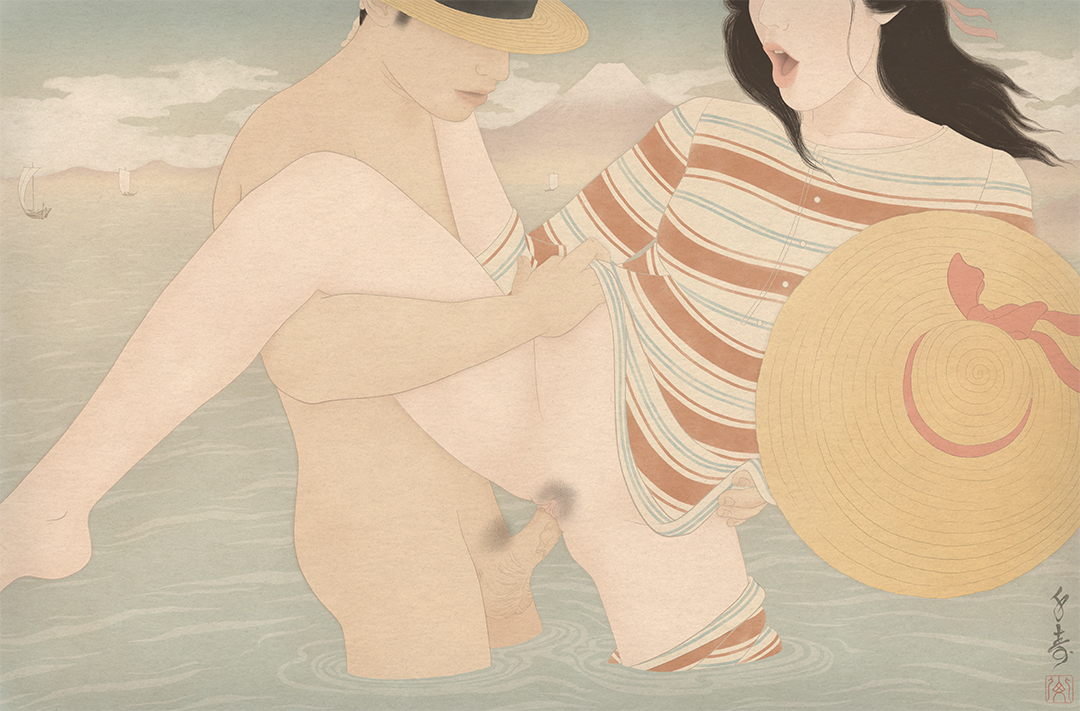
Swedish artist Senju recreates a famous shunga print by Terasaki Kogyo in his own distinctive erotic art style. The painting is a part of his homage to the original woodblock print series "36 views of Mount Fuji" by Katsuchika Hokusai.
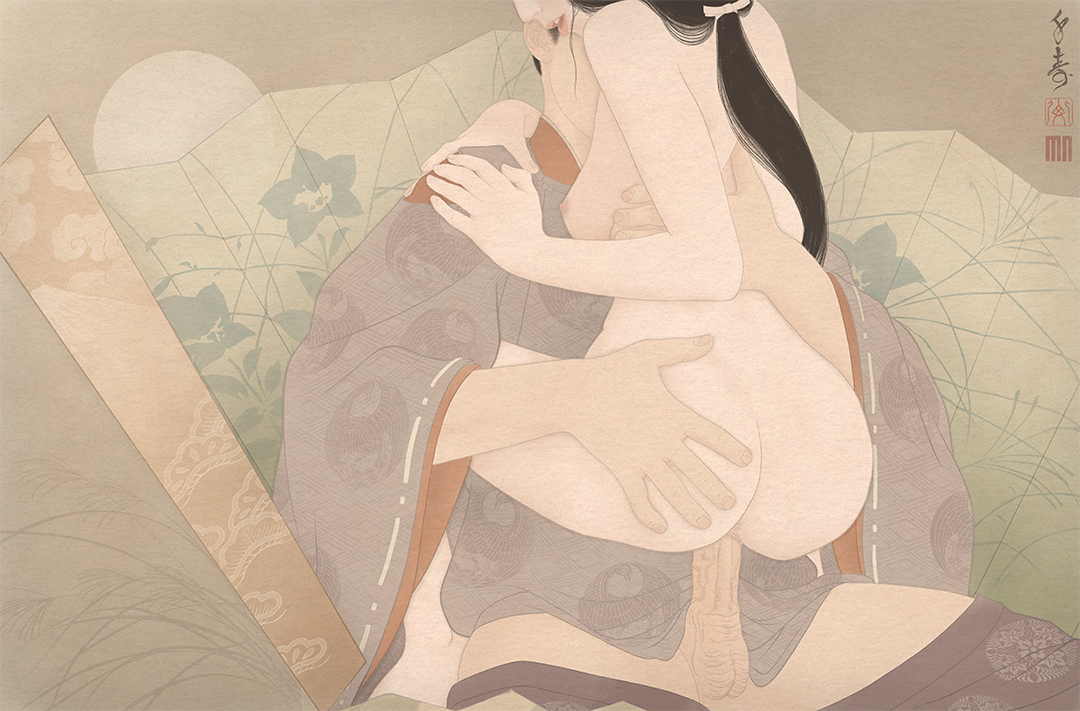
"Kiritsubo (the paulownia pavilion)"
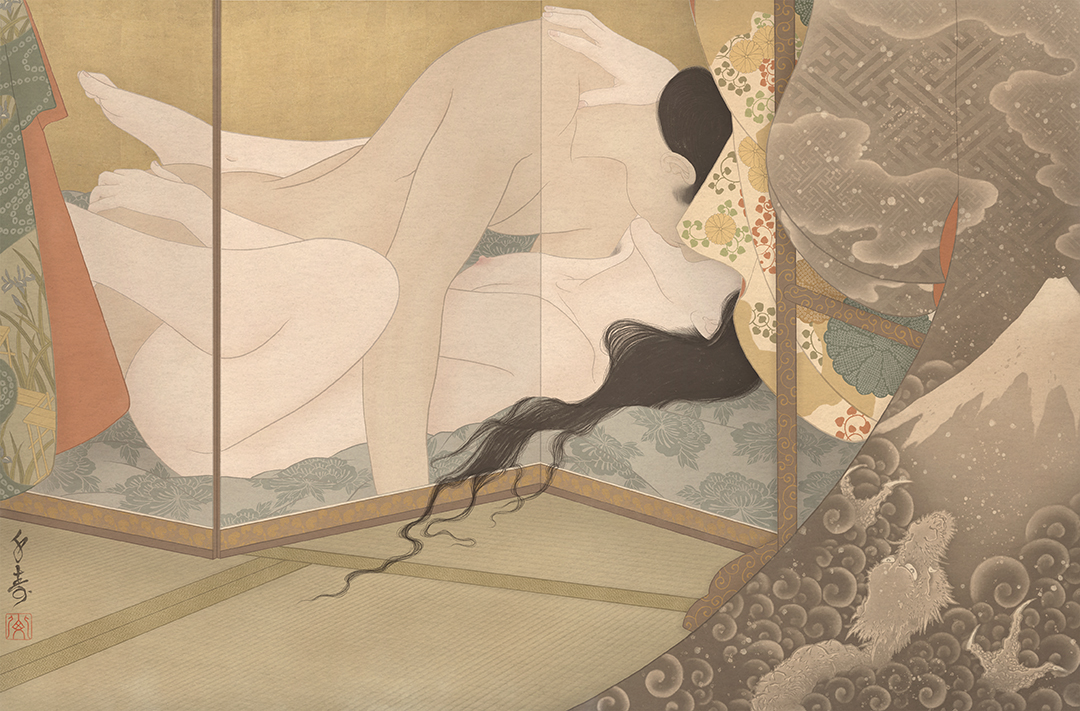
"Shouryuu (rising dragon)"
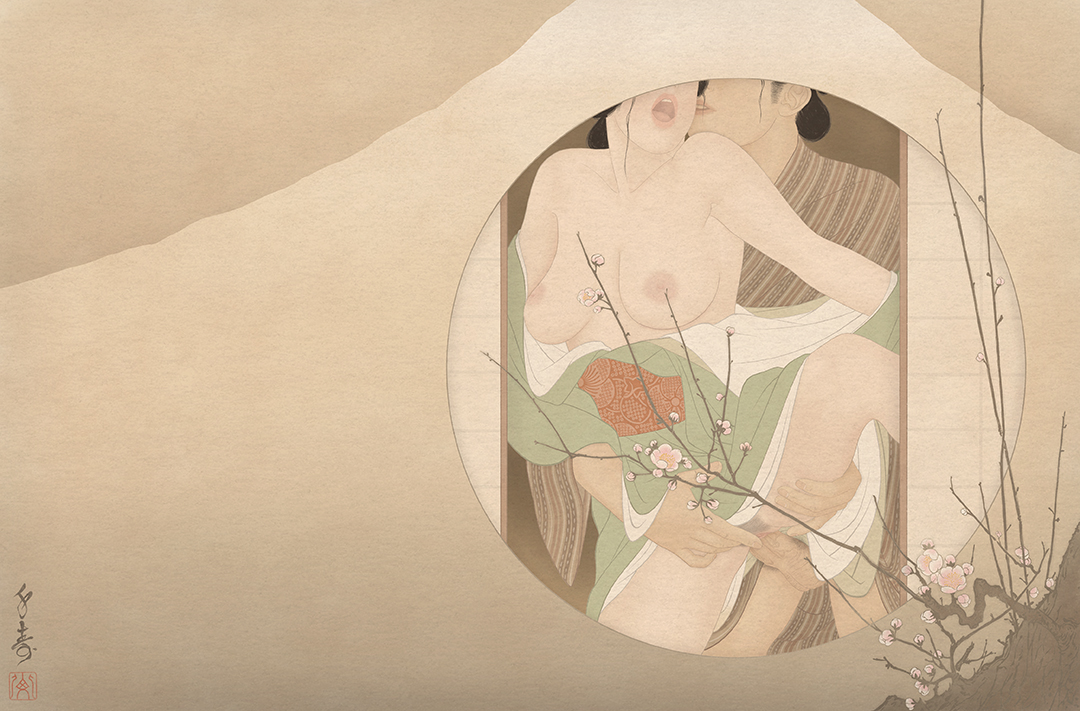
"Umemi (viewing plum blossoms)"
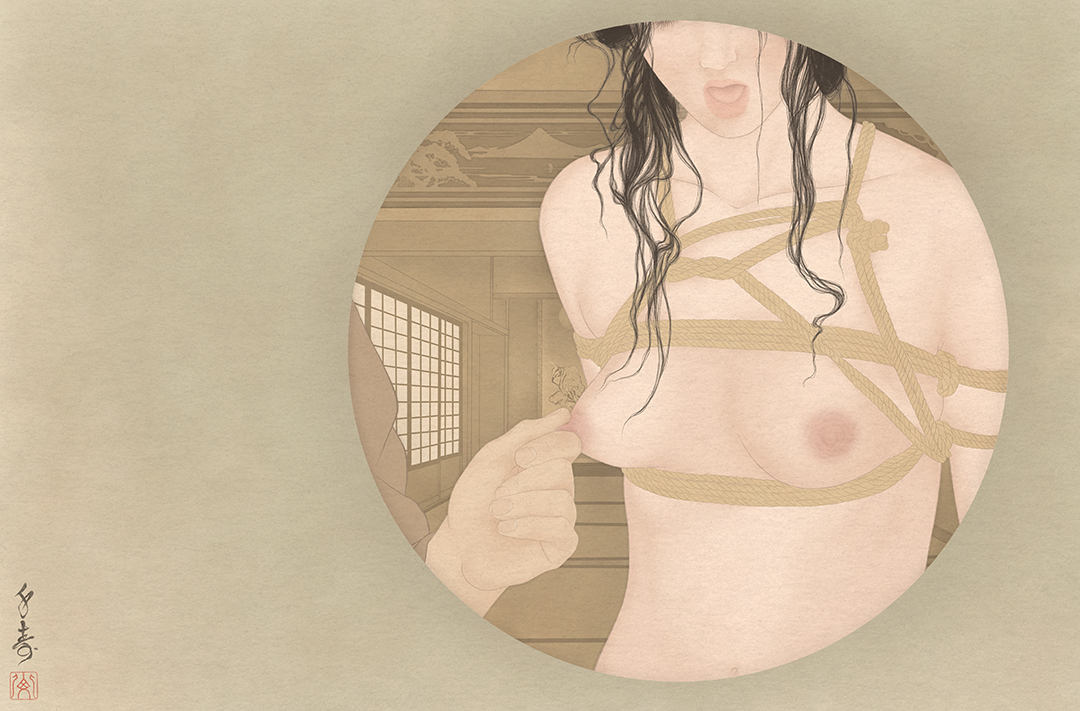
"Hachigatsu (August)"
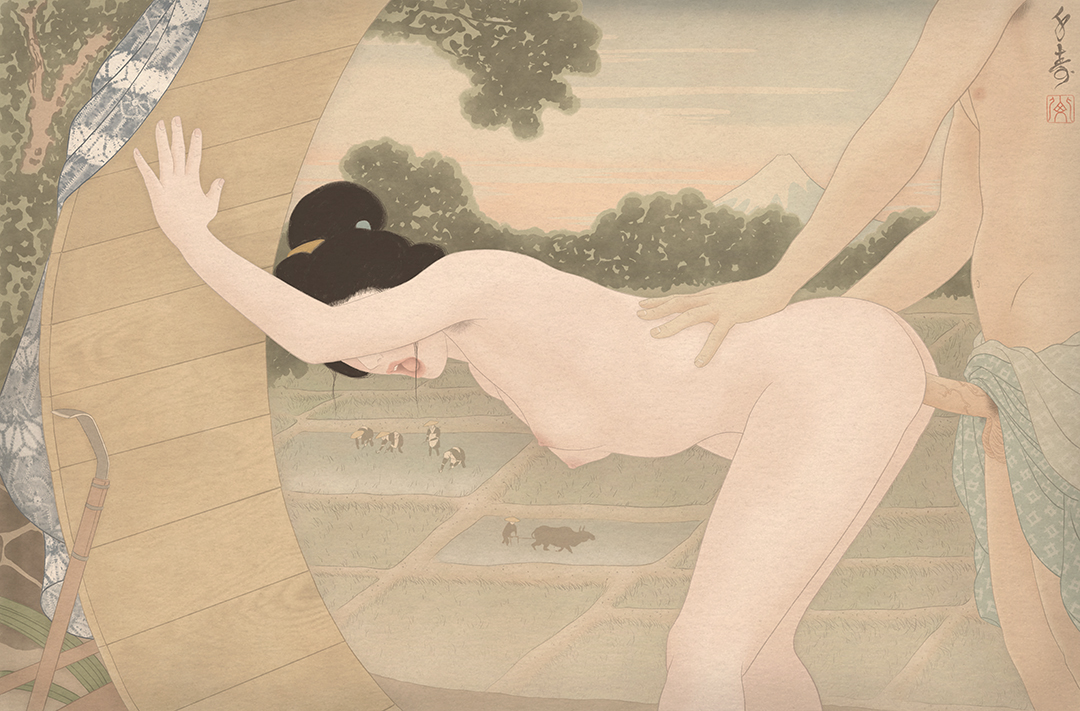
"Bishuu fujimigahara (fuji view moor)"
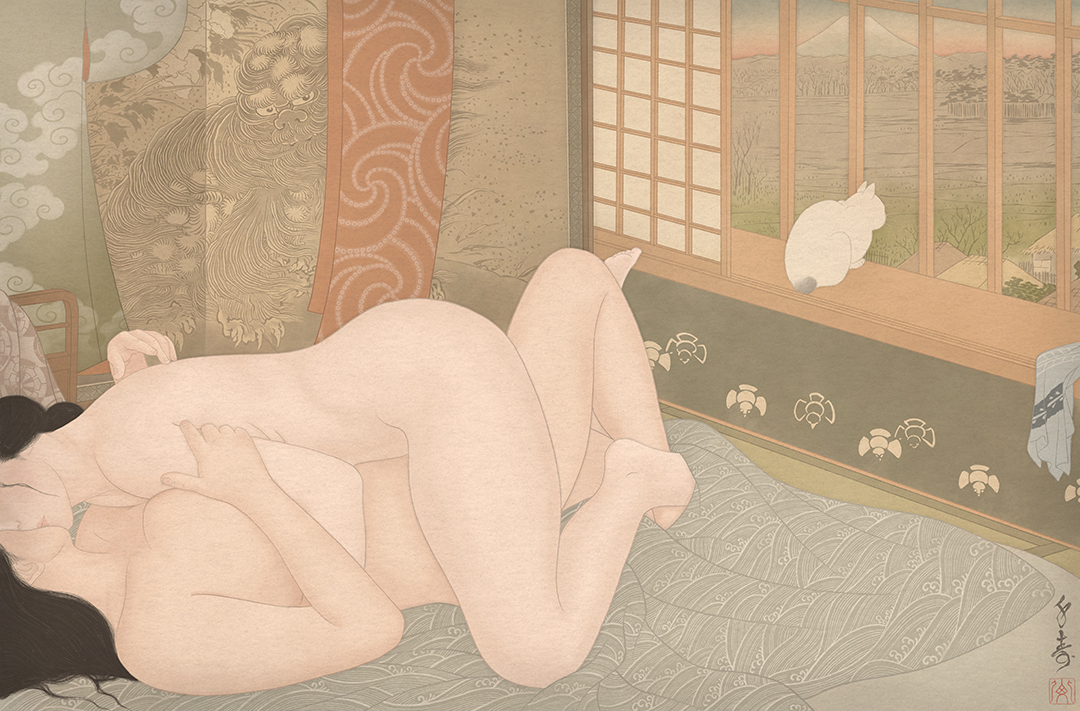
"Asakusa Tango (the Asakusa rice paddies)"
